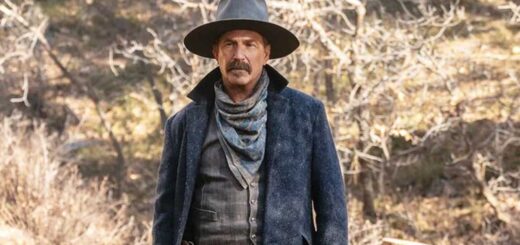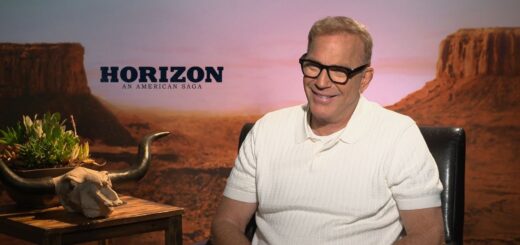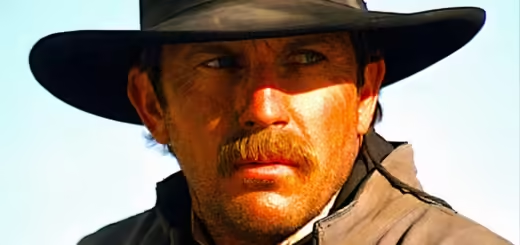What Went Wrong with Waterworld? The Story Behind Kevin Costner’s Big-Budget Flop, 30 Years Later
Kevin Costner’s unappealing anti-hero and weak script were just a few of the issues that doomed this costly box-office flop.
This article is part of our From the Vault series, where we revisit culturally significant films marking major anniversaries.
Waterworld was originally intended to be a modest B-movie — a simple pitch: “Mad Max, but on water.” However, as it turned 30 this month, it’s remembered as one of the priciest blockbusters of its time and one of Hollywood’s most notorious failures.
Riding high after the 1991 success of Robin Hood: Prince of Thieves, Kevin Costner and director Kevin Reynolds had huge expectations. But their next project — a script from the 1980s by Peter Rader, later rewritten by David Twohy (The Fugitive) — was far riskier than anything they’d done before.
The risk was so great that Steven Spielberg, director of Jaws, warned them emphatically: “Do not shoot on water!”
Set in the year 2500, with Earth mostly submerged, Costner’s character, The Mariner, sails the seas on a modified trimaran, scavenging for supplies and drinking his own urine to survive.
On a distant atoll, he encounters young Enola (Tina Majorino) and her guardian Helen (Jeanne Tripplehorn), who possess a map to the mythical “Dryland.” Meanwhile, the villainous Deacon (Dennis Hopper) and his heavily armed pirate gang, the “Smokers,” threaten their quest.
Though often described as a disaster, Waterworld isn’t entirely without merit.
There are striking scenes of The Mariner alone amidst the vast ocean, some impressive action sequences with Costner performing daring stunts, and an over-the-top raid featuring jet skis and Smokers waterskiing behind a seaplane.
Yet, these highlights can’t fully make up for its many problems.
Costner’s character is gruff, silent, and at times cruel to Helen and Enola. The villains resemble Depression-era hobos with weapons, and the story leans heavily on clichés — tattoos, sunken treasures, abandoned ships — without offering much depth.
The Mariner’s fish-like gills, an intriguing trait, go barely explored. Dryland, when found, is so massive it defies the idea it was ever lost.
When The Avengers writer Joss Whedon was called to do rewrites on set in Hawaii, he found the production in disarray.
“There was no water in the last 40 pages — everything happened on land or a ship,” he told The AV Club. “I thought, isn’t the gill thing supposed to be cool? But no one was listening… I was there seven weeks and accomplished nothing but a few puns and bad scenes.”
Behind the scenes was even more turbulent.
Director Reynolds clashed repeatedly with the controlling Costner and quit before the film’s release.
“In the future, Costner should only appear in movies he directs himself,” Reynolds told Entertainment Weekly. “That way, he can work with his favorite actor and director.”
As Spielberg predicted, shooting on the ocean caused massive delays, pushing filming into Hawaii’s hurricane season. The $22 million, 1,000-ton atoll set sank, and the budget ballooned from $100 million to $175 million.
On top of that, Costner’s stunt double nearly died from a diving accident, Majorino and Tripplehorn came close to drowning, and Costner himself was stranded 40 feet up his mast during a storm.
Production designer Dennis Gassner summed up the experience as “18 months of hell.”
To be fair, post-apocalyptic films with massive budgets are notoriously difficult to get right for broad audiences. The original Mad Max films succeeded largely because they were made outside the studio system, maintaining a gritty, punk edge.
Looking back, Costner remained confident: “It stands as a really exotic, cool movie. Yes, it has flaws, but it’s inventive and pretty robust.”
Maybe it’s this boldness — the willingness to take huge risks — that Hollywood could use more of today.
“My personal take is that it’s no better or worse than most summer blockbusters. It’s somewhere in the middle,” Reynolds said.
“It certainly has faults, but on another level, I think it works pretty well compared to other big films. But by the end, people wanted it to be a disaster.”


